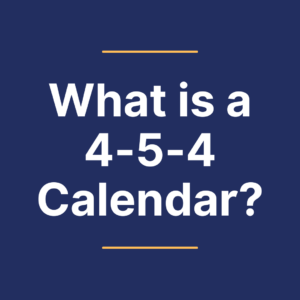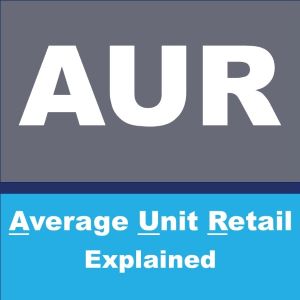Cost of Goods Sold (COGS) is not a special Walmart term but an ordinary accounting term. The cost of goods sold is what it costs to make the items you sell.
So far, so simple… but it can get more complicated.
COGS includes the raw materials used in making a product, like the fabric that goes into a shirt. It includes the buttons, thread, and the cost of the label, too.
But it also includes the rent on the building where the shirt is made, the cost of the sewing machine, and the cost of the labor involved directly in the production of the shirt.
It doesn’t include the cost of transporting the shirt to the distribution center or the cost of the sales and marketing or the overall costs of running the business apart from the direct costs of making your product.
However, it does include electricity… but only the amount of electricity it takes to run the sewing machines.
Or it might just be the cost you pay to the company that produces the shirts for you. Then they have a COGS as well, but it’s different from yours.
This is the number you must reduce as far as possible in order to provide EDLP. It’s a number suppliers need to know very intimately, down to the last button. Getting this number wrong can mean the difference between epic success and dismal failure.
If you have any uncertainty about COGS, get with your CFO or accountant, and figure it out. You’ll be glad you did when you meet with a buyer.




